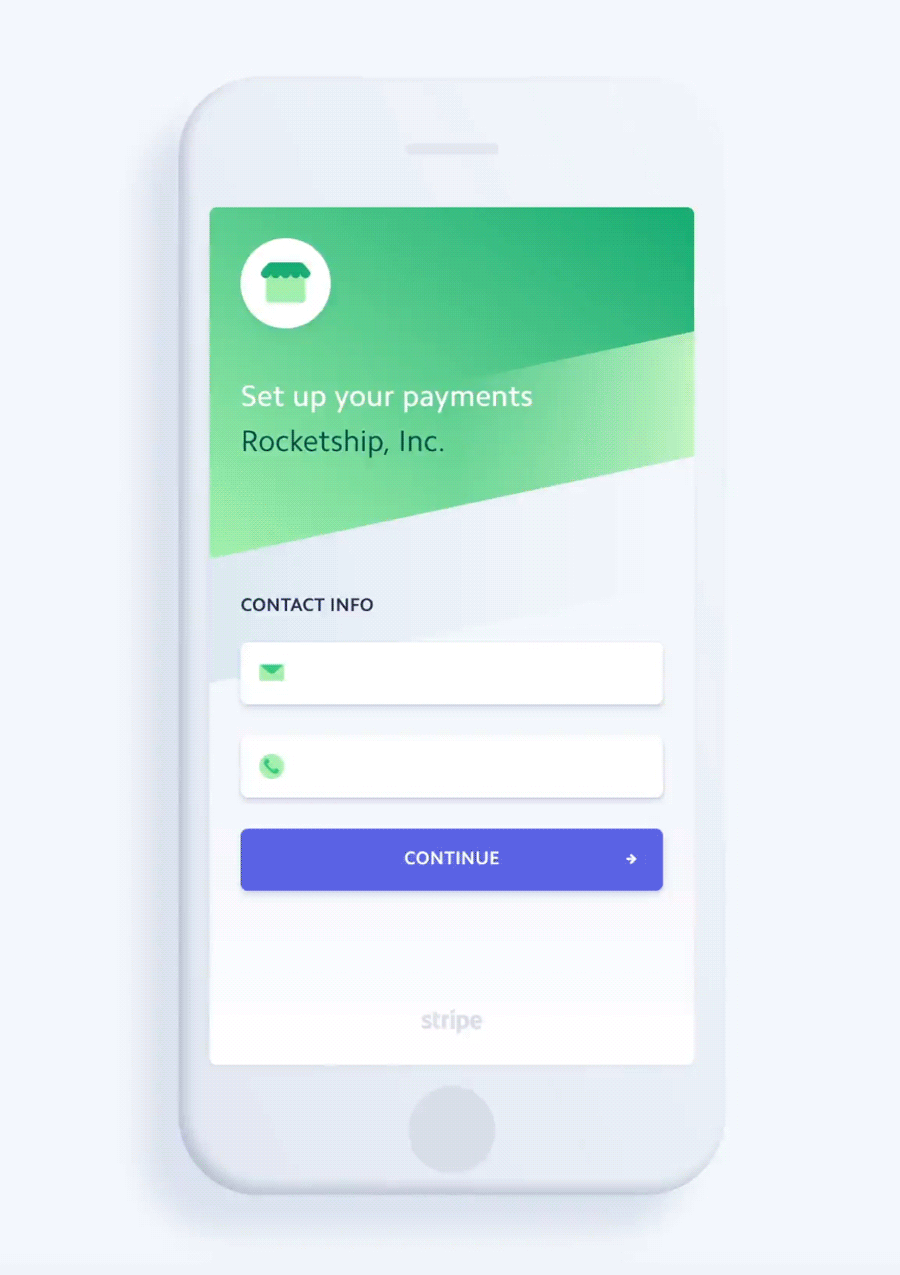Stripe, the fast-growing fintech startup that’s now worth around $9 billion, has announced that it’s making it easier for marketplace companies to onboard new sellers.
Founded in 2010 by Irish brothers Patrick and John Collison, Stripe provides the technical and banking infrastructure to enable companies and individuals to accept online payments. With Stripe Connect, which was relaunched two years ago, the San Francisco-based company powers on-demand marketplaces such as Kickstarter, Lyft, Instacart, Shopify, Jinn, and TaskRabbit, providing them with all the back-end technology they need to sell to consumers globally, including identity verification, tax reporting, and support for multiple currencies.
Today, Stripe is lifting the lid on a new kind of Connect account in the U.S. that allows sellers (e.g. couriers, merchants, and drivers) to sign up to Stripe Connect-powered marketplaces in less than two minutes — drastically undercutting the current state of play, which can take several weeks.
With “express” accounts, Stripe is using automation to fast-track signups, as it’s significantly faster than manually having to call-up sellers to verify their identity, for example. Stripe is adamant that it’s not cutting corners, and says the onboarding process still fully takes into account the local considerations specific to each seller’s market.
June 5th: The AI Audit in NYC
Join us next week in NYC to engage with top executive leaders, delving into strategies for auditing AI models to ensure fairness, optimal performance, and ethical compliance across diverse organizations. Secure your attendance for this exclusive invite-only event.

Above: Stripe Connect Express
Express also offers sellers a pre-built dashboard with easy access to information like how much money they’ve earned and when they can expect payment. Before, marketplace owners on Connect would have to build their own custom dashboard, or give them access to a standard Stripe dashboard.
Ultimately, Express is aimed at sellers who are perhaps less ecommerce savvy and who don’t need full access to the broader Stripe service. The other existing Connect accounts may appeal to marketplaces that need a completely customized experience for their sellers, where they are willing to pay for the resources and engineering to design each step of the onboarding process — something that a tech giant such as Lyft would prefer to use.
Online marketplaces have emerged as key drivers of the “digital economy,” with major brands such as eBay, Uber, Amazon, and Airbnb building billion-dollar businesses through platforms that connect buyers with sellers. This is filtering down through the startup ecosystem, and we’ve seen significant investments in marketplace companies in recent times — including OfferUp, which raised $119 million to help people buy and sell stuff locally, and online auction house Catawiki, which secured $82 million. Elsewhere, community-based platform for makers LoveCrafts raised $33 million, uShip raised $25 million, Job marketplace Shiftgig raised $20 million, and Vestiaire Collective raised $62 million to grow its marketplace for premium secondhand fashion.
And all of these marketplaces need to facilitate payments between buyers and sellers, which is where companies such as Stripe come into play.
“If you believe, as we do, that platforms and marketplaces collectively will grow to power most of the world’s economy, then you should be a bit horrified by the tooling that’s available to them today,” noted Stripe cofounder John Collison. “Express solves two problems: First, it removes friction for sellers — whether they’re drivers, merchants, or anything else — who are signing up. With most of our beta users, sellers were able to sign up in under two minutes. And second, Express offloads to Stripe all the undifferentiated yet onerous engineering work of building an onboarding UI.”
In addition to “express,” Stripe is also rolling out a new payment routing infrastructure to cater to different kinds of marketplaces. As things stand, Connect supports one-to-one payments (e.g. Lyft rider to Lyft driver) and one-to-many (diner to restaurant and driver). Moving forward, Stripe is adding three extra business models to the Connect mix.
- Many-to-many: For example, a gym membership platform that receives payments from multiple people each month and then has to redistribute the funds to various different gyms.
- Holding funds: For payouts at different times, such as when a crowdfunding platform like Kickstarter allows a creator to receive funds at various stages of a project (e.g. beginning, middle, and end).
- Account debits: Some marketplaces charge sellers subscriptions or a fee per transaction — now they can directly debit those accounts.
Since its inception in 2010, Stripe has garnered more than $400 million in equity financing from big-name backers, including CapitalG (Google), Sequoia Capital, Andreessen Horowitz, American Express, and Elon Musk, and for many the company is a prime candidate to go public. However, CEO Patrick Collison stated just last month that Stripe has no intentions of IPO-ing any time soon.
For now, Stripe is doubling down on its efforts to power the digital economy by making it easier for marketplaces to facilitate transactions between buyers and sellers globally.
“Attracting and signing up sellers is one of the single hardest things for a new marketplace,” continued (John) Collison. “Even small tweaks to the onboarding flow, combined with weeks of engineering time that can be deployed on higher impact projects, can have a huge impact on a marketplace’s long-term success.”

